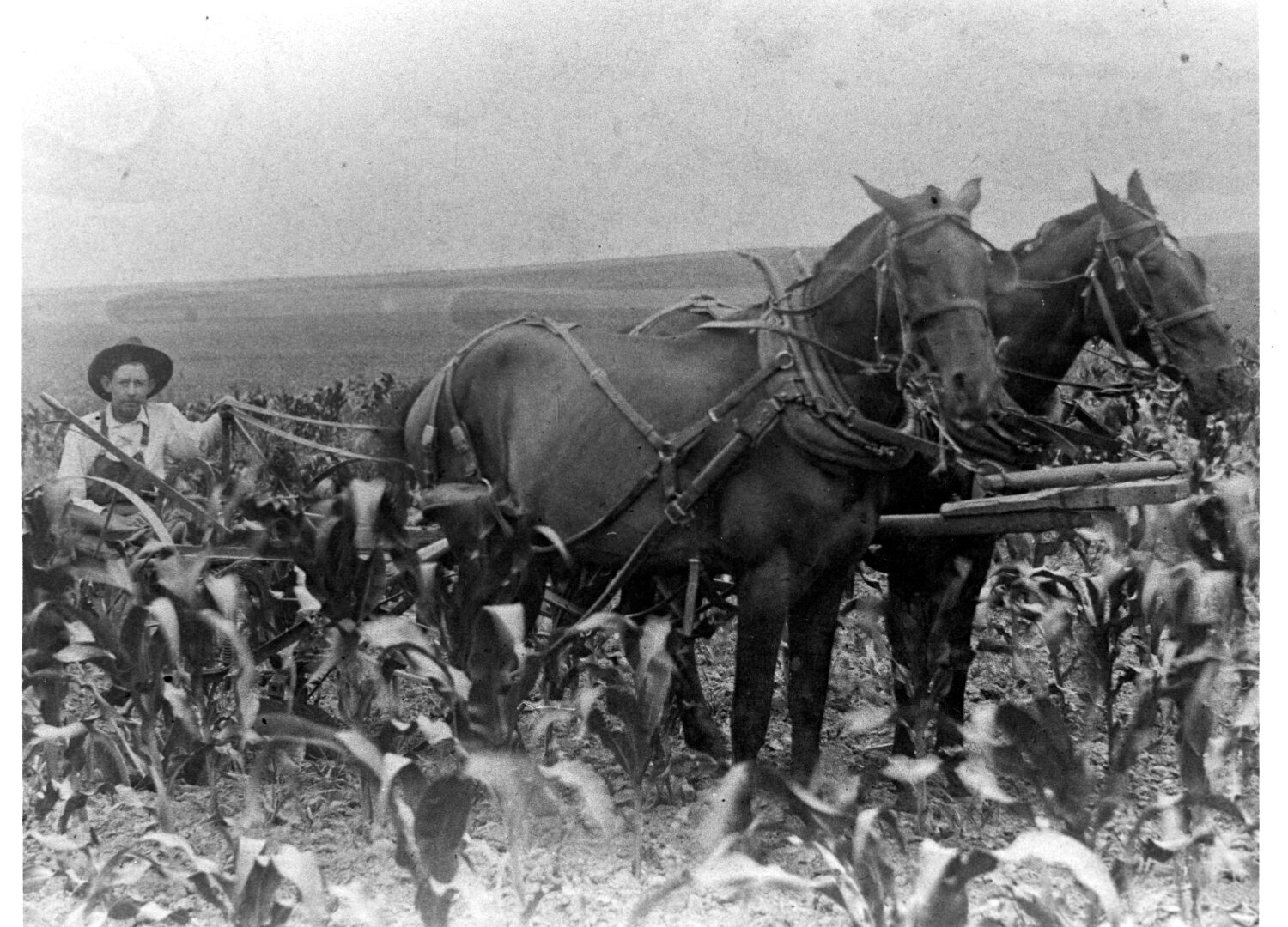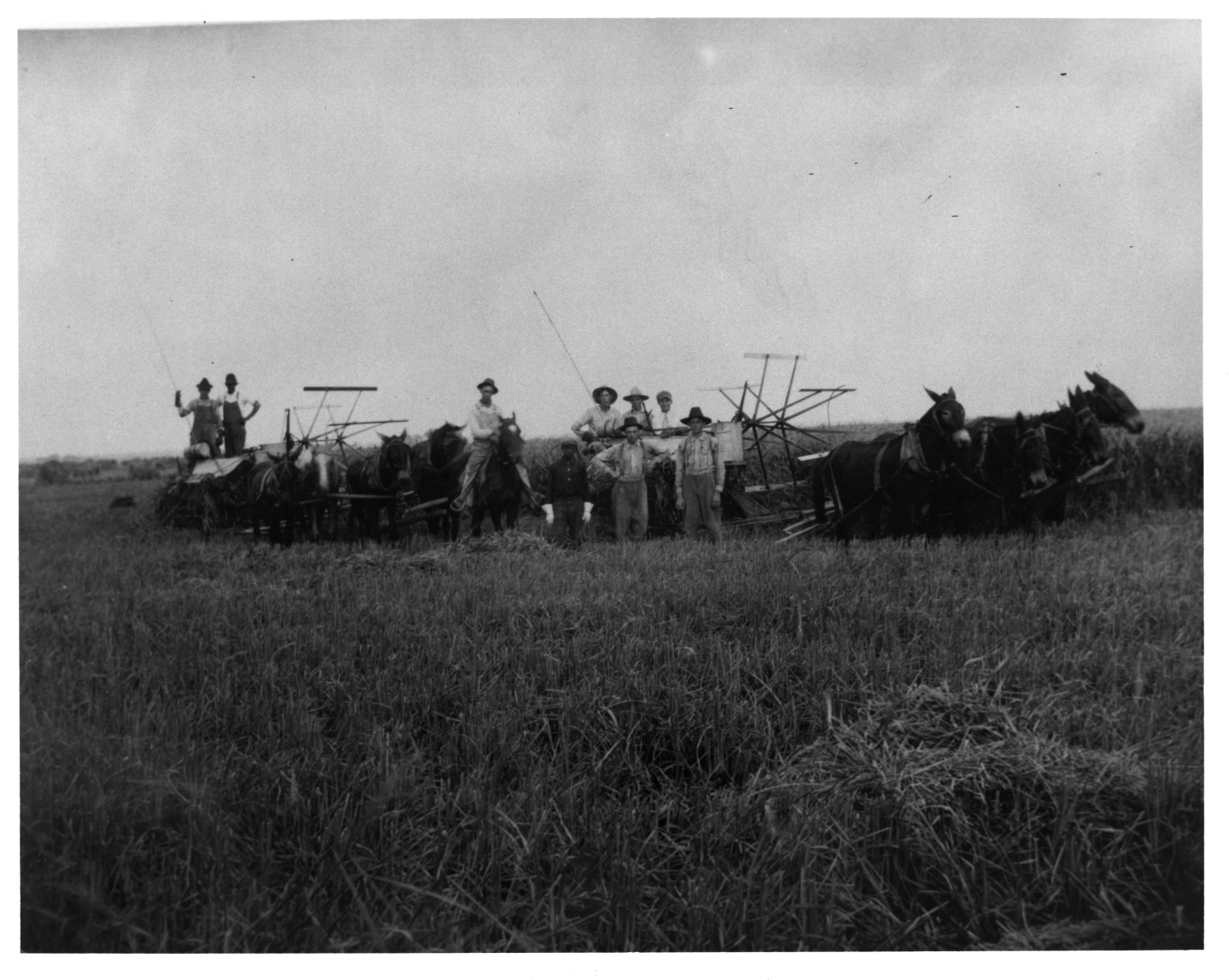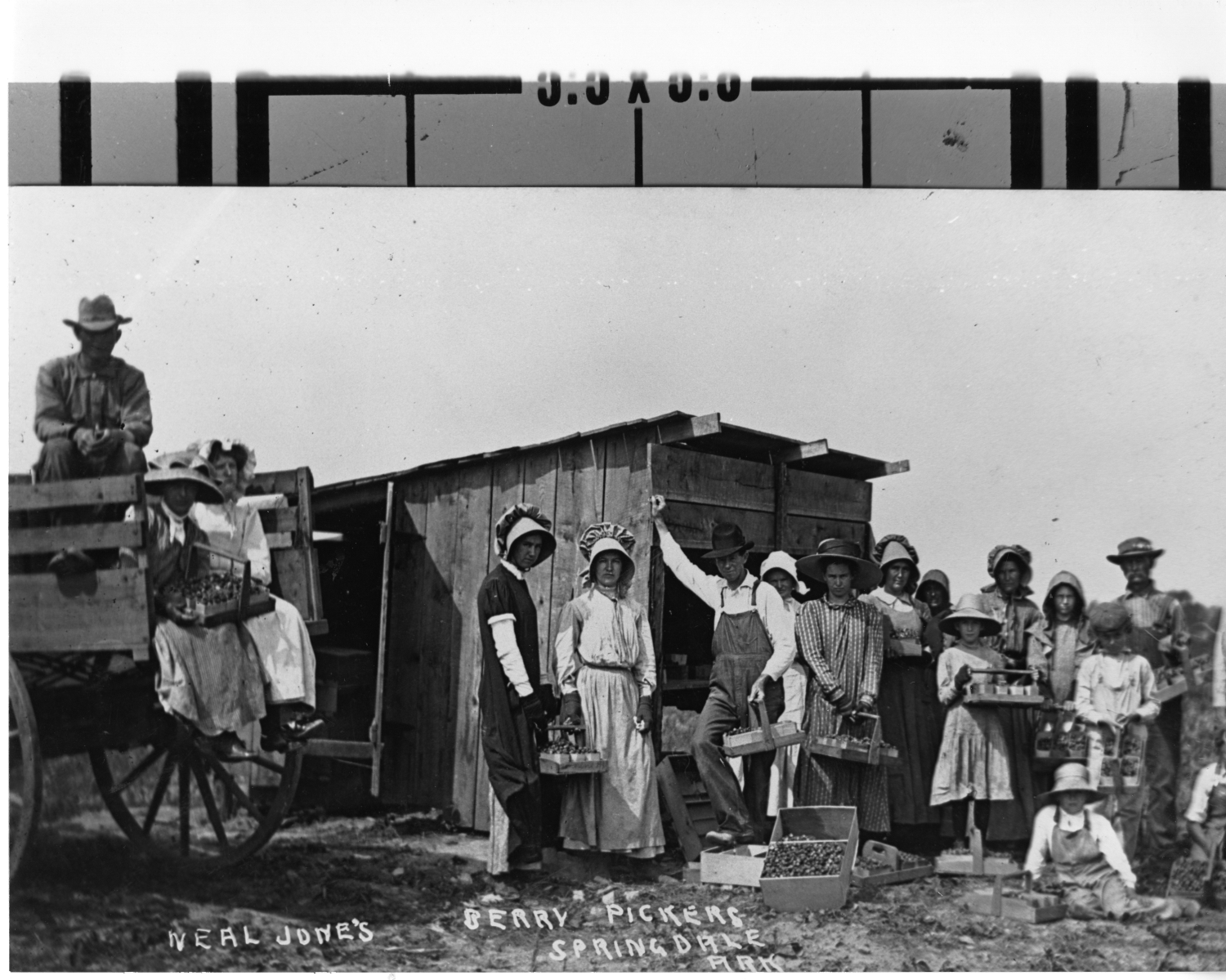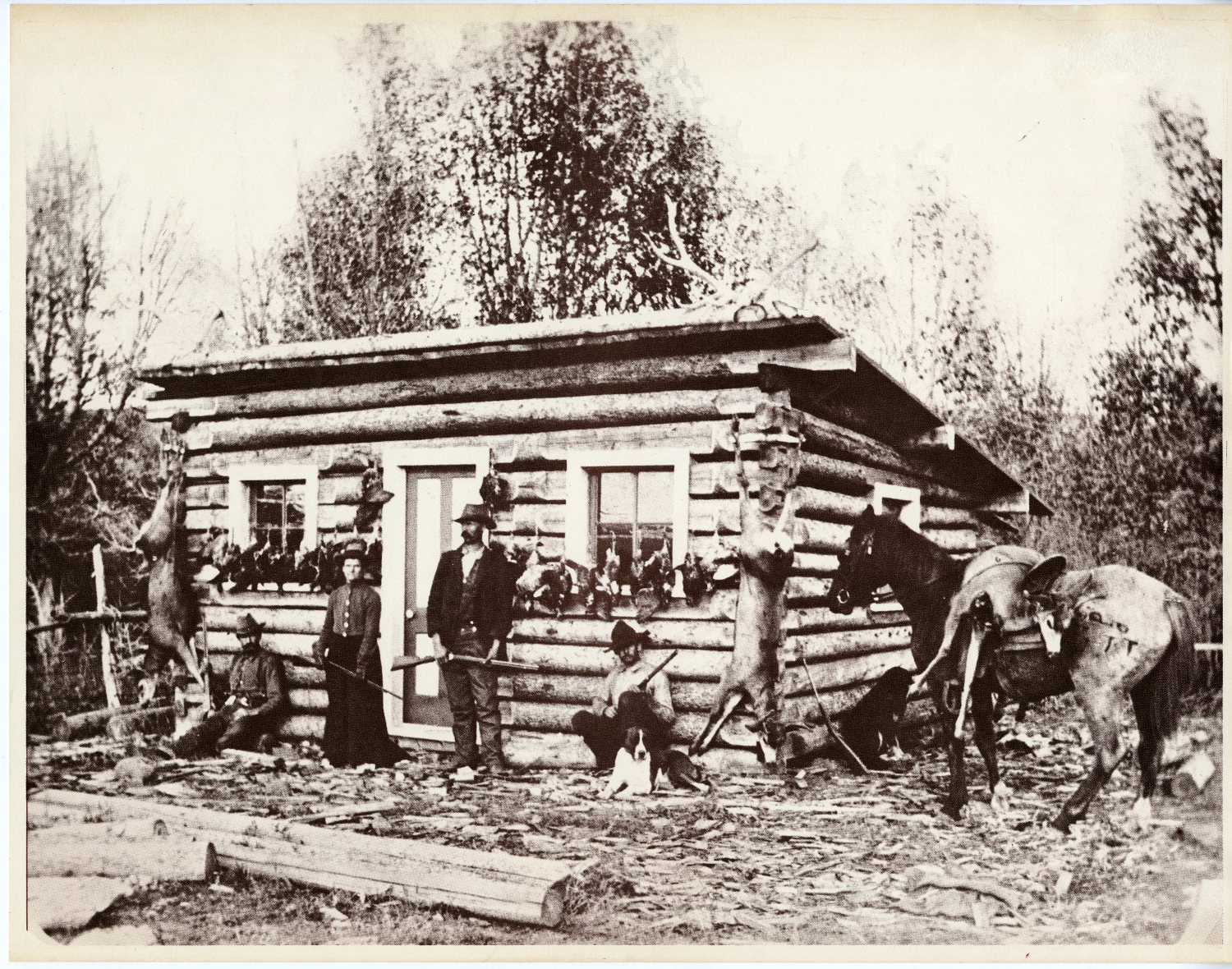Introduction
Today, most people in the United States buy food at stores. We can find most food that we need and like in grocery stores or other types of stores that also sell food. Even in the middle of a cold winter, when hardly anything grows because of the cold weather, we can find fresh vegetables and fruit in local stores. That produce is usually transported from states or countries where the warm climate enables farmers to farm all year long. In addition to buying food in stores, we can also go to local markets, where we buy food from local farmers and other producers (e.g., fresh bread or pastries from bakers). Finally, some people produce their own food. They grow vegetables and fruit on farms, in gardens, and even in their backyards. They keep animals (cows, chickens, pigs, sheep, etc.) that they eat or that produce additional food (e.g., eggs from chickens or milk from cows and sheep). Some people also hunt for meat.
How does your family get food? Where does the food that you eat every day come from? How did the food that we buy in stores get there? Was it grown on a farm or made in a factory? Who grew and harvested it on a farm? Who made it at a factory? Who transported it to our local stores? These are important questions that we should ask ourselves every day because many people work very hard to make sure that we have food on our tables.
In this activity, we will look at eight black and white photos that show where food came from in the past. These photos will help us understand how the process of making and getting food has changed over time.
Activity Questions
Harvesting in De Witt
- When and where were Photos 1, 2, and 3 taken? See the photo captions for more information.
- Who are the individuals in Photos 1, 2, and 3? What are they doing?
- Are there any tools or machines in Photos 1, 2, and 3? If yes, what tools and machines? For what are they used?
- Are there any animals in these three photos? If yes, what animals? What are they doing?
- Based on these three photos, how did farmers grow and harvest food in the late 1800s and early 1900s so more than one hundred years ago? Do you think that it was an easy or difficult task to grow and harvest wheat, corn, and other crops in the past?
- How can we use wheat and corn today? What can we make in our kitchens using wheat or corn, or products made from wheat or corn?
Berry pickers with fruit in Springdale
- When and where were Photos 4, 5, and 6 taken? See the photo captions for more information.
- Who are the individuals in Photos 4, 5, and 6? What are they doing?
- Are there any tools or machines in Photos 4, 5, and 6? If yes, what tools and machines? For what are they used?
- Are there any animals in these three photos? If yes, what animals? What are they doing?
- Based on Photos 4 and 5, how did farmers grow and pick fruit in the early 1900s, which is more than one hundred years ago? Do you think that it was an easy or difficult task to grow and pick berries and apples in the past? Do you know how berries and apples are picked today?
- Based on Photo 6, how did farmers transport and sell peaches in the early 1900s? Why do you think they brought their harvested peaches to a railway station?
- How can we use berries, apples, and peaches today? What can we make in our kitchens using berries, apples, and peaches?
Hunters in front of log cabin
- When and where were Photos 7 and 8 taken? See the photo captions for more information.
- What do you see in Photos 7 and 8? Who are the individuals in Photos 7 and 8? What are they doing?
- What do hunters do and what do butchers do? What type of food do we usually get from hunters and butchers?
- Based on Photos 7 and 8, how did people get meat in the past? Who processed animals before they were sold and eaten as meat?
- Look carefully at the animals in Photos 7 and 8 again. What animals do you see? Do people still hunt these animals today?
- Do you eat meat? How does your family get meat if they eat meat? Do they ever hunt, like the individuals in Photo 7? Do you know anyone who hunts?
Primary Sources
To learn more about the primary sources featured in the activities above, click the following links:
- Harvesting in De Witt
- Milton McAfee plowing with horses
- Farmers standing next to animals in Chester
- Berry pickers with fruit in Springdale
- Men in apple orchard in Ozark
- Peach harvesters at Railroad Depot in Van Buren
- Hunters in front of log cabin
- Butchers with game in Woodrow
- Scott Bond plowing with mule
Arkansas Social Studies Standards
Social Studies (History)
- Strand: History
- Content Standard 12: Chronology, Change Over Time, and Contextualization – Students will analyze chronology, patterns of continuity and change over time, and contextualization of historical events.
- Kindergarten
- H.12.K.3: Compare a child’s life of the present to that of the past using visual representations (e.g., growing food, rules and laws, making clothing, transportation, communication)
- Grade 1
- H.12.1.3 Compare present-day families, objects, and events with those in the past using visual representations, news stories, and artifacts (e.g. daily life tasks, food, clothing, transportation, communication, recreation)
- Grade 2
- H.12.2.3 Compare life in your community past and present using maps, photographs, news stories, artifacts, or interviews (e.g. transportation, communication, recreation, jobs, housing)
- Grade 3
- Compare specific regions of Arkansas in the past with those regions today noting changes over time (e.g., transportation, jobs, urban growth, population density, natural resources, communication)
Key Terms
Downloadable Guides and Handouts
We encourage K-12 educators to use History Alive: Virtually! in a way that will best match their classroom needs. The “Exercise” handout includes a complete exercise as featured on this website, the “Primary Sources” handout includes only primary sources used in the exercise, and the “Questions” handout includes analytical questions from the exercise but is editable and can be easily changed to best match students’ needs.
Farming and Hunting – Food of the Past – Exercises




